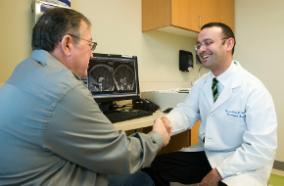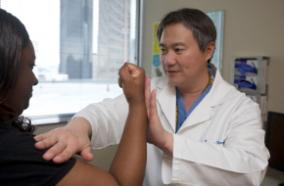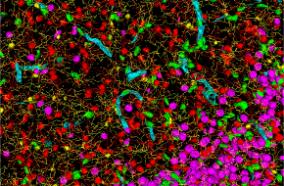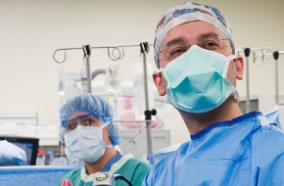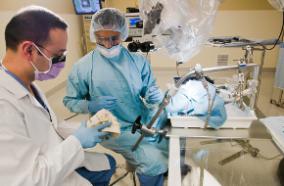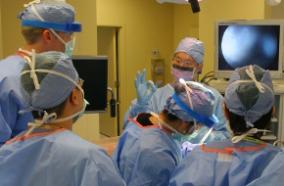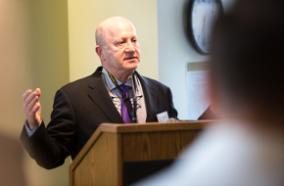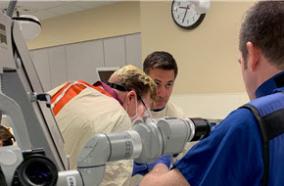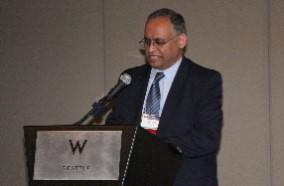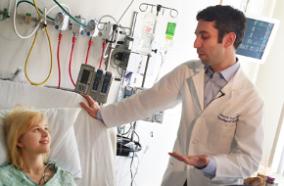"Do Not Ignore Musculoskeletal Pain"-Initial Presentation of a Rare Malignant Disease: Case Report and Literature Review.
"Do Not Ignore Musculoskeletal Pain"-Initial Presentation of a Rare Malignant Disease: Case Report and Literature Review.
J Investig Med High Impact Case Rep. 2020 Jan-Dec;8:2324709620941316
Authors: Patel I, Akoluk A, Upadhyaya V, Makadia S, Douedi S, Farooq T, Flynn D, Levitt M, Hossain MA
Abstract
Gray zone lymphoma, also known as B-cell lymphoma, unclassifiable, with features intermediate between diffuse large B-cell lymphoma and classical Hodgkin lymphoma, is a rare malignancy with overlapping features of both diffuse large B-cell lymphoma and classical Hodgkin lymphoma. Most commonly mediastinal involvement is seen. Extranodal involvement is rare. In this case report, we present the case of a 59-year-old male who presented with stress-related left shoulder pain, ultimately diagnosed with gray zone lymphoma. The patient was treated with etoposide, prednisone, vincristine, cyclophosphamide, and doxorubicin-rituximab (EPOCH-R) regimen followed by consolidation radiotherapy resulting in complete response. We are highlighting this case as rare and atypical presentation of a rare disease.
PMID: 32660277 [PubMed - in process]

